Associate Professor, Dr. Nguyen Chu Hoi, Permanent Vice President of Vietnam Fisheries Association.
Reporter: To achieve the goal of developing An Giang's marine economy to become a strong marine economic center of the country by 2030, in your opinion, what should be focused on in the development orientation?
Associate Professor, Dr. Nguyen Chu Hoi: The orientations and solutions for developing the marine economy of An Giang province have been recorded in the planning of Kien Giang province (before the merger) for the period of 2021-2030, with a vision to 2050 and have been approved by the Prime Minister. Due to the merger of administrative units according to the new territorial unit, which has changed since July 1, 2025, the first priority must be to review the above planning, in parallel with the development and completion of the documents of the An Giang Provincial Party Congress for the term 2025-2030.
Because the time to reach the 2030 milestone is not much, in addition to ensuring progress, the adjustment of congress documents and planning related to sea, island and marine economy issues must ensure feasibility and effectiveness towards green and sustainable growth.
In such an adjustment process, the part related to developing the marine economy in a green and sustainable direction needs to pay attention to refer to 6 requirements, corresponding to 6 action verbs: (1) Maintain natural marine capital; (2) Conserve marine nature, including marine landscapes; (3) Protect the marine environment from pollution and degradation; (4) Develop the marine economy effectively, harmonizing interests; (5) Strictly enforce the law on the sea and marine economy; (6) Communicate promptly and regularly to convey good, correct and inspiring messages for all levels of society to understand and act together.
To sustainably develop our country's marine economy, in principle, it is necessary to pay attention to harmoniously adjusting the relationships between the marine economy and marine resources, the marine economy and marine environment, the marine economy and marine culture and society , the marine economy and national defense and security, the marine economy and marine foreign affairs, the marine economy and regional connectivity and common value chains.
Workers classify fish at Tac Cau Fishing Port
Such multi-dimensional relationships need to be thoroughly understood in the process of adjusting the provincial planning and documents of the An Giang Provincial Party Congress based on the following key viewpoints:
(1) Sustainable development of our country's marine economy must be closely linked to ensuring national defense and security, maintaining independence, sovereignty and territorial integrity, and contributing to maintaining a peaceful and stable environment for development.
(2) Sustainable development of marine economy on the basis of green growth, conservation of biodiversity and marine ecosystems; ensuring harmony between economic and natural ecosystems, between conservation and development; promoting the potential and advantages of the sea, creating momentum for the country's economic development.
(3) Preserving values, promoting historical traditions and maritime cultural identity while building a cohesive and sea-friendly society; ensuring people's rights to participate, benefit and responsibility for sustainable development of the marine economy on the basis of compliance with the Constitution and laws.
(4) Strengthening comprehensive and unified management of seas and islands, including marine resources and environment; proactively responding to climate change and rising sea levels. Linking marine environmental protection with prevention and containment of pollution and environmental incidents.
(5) Take advanced, modern science and technology and high-quality human resources as breakthrough factors for sustainable development of the marine economy. Proactively improve the effectiveness of international integration and cooperation, prioritize attracting the world's leading strategic investors with source technology and advanced management skills on the principles of equality, mutual benefit, respect for independence, sovereignty and territorial integrity of Vietnam.
Reporter: In your opinion, what solutions need to be implemented?
Associate Professor, Dr. Nguyen Chu Hoi: For An Giang province, provincial consolidation means consolidating resources and creating opportunities to strengthen territorial spatial linkages, sectoral linkages and coordination, and linkages along core value chains. Therefore, it is necessary to set the task of reorganizing the marine economic development space (coastal areas, seas and islands) in the new regional linkage map, with new administrative units throughout An Giang province.
In addition to the regional space, coastal, sea and island corridors identified in the provincial planning, it is necessary to restore and invest in upgrading to create dual benefits (economic and sovereignty protection, linking inland space with coastal areas) for Vinh Te canal to continue the lesson of preserving water and expanding the territory of our ancestors. Accordingly, restore and develop the canal to the coast of Ha Tien, build a highway parallel to the canal on the Vietnamese side with ecological and smart urban areas. This can be called a "canal and heritage road" to honor the historical values of the canal, drain floods and attract new tourists following the "From Source to Sea" approach.
Cage fish farming in Tho Chau special zone
Continue to invest comprehensively, complete and synchronously upgrade the infrastructure system for coastal areas, for special economic zones and for activities at sea. First of all, the transport infrastructure with coastal traffic routes connecting coastal urban areas, Vinh Te canal expressway, airport in An Giang province (before merger), seaports associated with logistics; island routes and dual-use seaports in special economic zones Phu Quoc, Kien Hai and Tho Chau.
If possible, build dual-use helicopter airports to develop seaplane tourism in special economic zones. Prioritize the early development of advanced digital infrastructure to promote digital transformation, apply AI in effective management and operation, and in the exploitation and use of coastal seas and islands, especially creating a “flat world” in regional connectivity between the coast and sea with special economic zones.
Next is green infrastructure, emphasizing the development of “coastal green belts” through planting and restoring coastal ecosystems, including mangroves and seaweed beds, seagrass. Restoring coral reefs and forest ecosystems on islands. Increasing the area of conserved islands and seas by 2030 to implement the commitment to Net Zero by 2030.
An Giang province's successful implementation of green infrastructure will bring multiple benefits: a way to maintain the natural capital of the sea and islands; a way to increase the capacity to store CO2, to respond to climate change and rising sea levels; a natural wall to prevent coastal erosion and trap pollutants; a way to keep aquatic species in their homes and maintain ecological balance in the entire sea and island area; a way to ensure non-traditional security for an unpredictable sea area with traditional security and a way for the province to successfully implement international commitments in the area.
Prioritize the development of coastal and island urban areas associated with urban economy in the direction of smart, livable urban areas, with moderate scale to easily attract investors, absorb population, and form development poles in the chain linking with the above-mentioned infrastructure systems. In the process of coastal urban development, land reclamation activities may be necessary, but it is absolutely necessary to preserve resources and the environment, which are natural capital for green growth.
Shifting the structure of the fisheries industry towards prioritizing combined technology marine farming to create dual benefits; developing recreational fishing (recreational fishing, recreational fish watching, recreational fishing, coral reef fish farming for export) associated with tourism. Building cultural symbols of the sea imbued with An Giang in coastal urban areas and on islands.
Prevent and eliminate illegal, unreported and unregulated (IUU) fishing , prioritize job conversion projects for IUU fishermen, reduce fishing force and reorganize offshore fishing, if possible prepare offshore fishing fleet. Develop and trade disease-free aquatic breeds and post-harvest preservation technology to maintain aquatic product quality at both input and output stages. Enhance processing to create added value for aquatic products, saving aquatic resources.
Initial development of marine medicinal herbs following the chain approach, from farming to processing nutritional foods and medicines from aquatic products and trading products. Continue to develop pearl farming, coral reef fish farming in Aquariums and recreational fish farming for tourism. In addition, focus on deploying renewable energy, mainly solar energy and sea wind.
To achieve the goal of developing a sustainable blue marine economy, within its decentralized authority, An Giang province needs to issue relevant policies to facilitate the implementation of specific tasks according to priority orientations. If necessary, the province proposes that the Government submit to the National Assembly for promulgation of specific mechanisms and policies, especially for offshore special economic zones occupying outpost positions.
The province develops and implements green transformation programs and projects in the marine economy to call for support from sponsors and experts. Implements models of co-management of aquatic resources for marine and island communities to implement. In addition to implementing tourism orientations as in the draft documents of the Provincial Party Congress and the provincial planning, it is necessary to focus on developing community-level tourism.
Applying the integrated marine and coastal management approach to sustainably manage the sea - coastal areas and islands. Implementing national marine spatial planning, integrated management planning of resources and environmental protection of national coastal areas in An Giang province.
Strengthening State management and effective control of waste sources and sources of environmental pollution in coastal, marine and island areas, mainly from land sources and activities at sea, seaport areas with the participation of relevant parties and local communities. Synchronously solving three issues: Fishermen, fisheries and fishing grounds (according to the three-fish approach), contributing to building a sustainable and responsible fishery, minimizing IUU fishing.
Conservation of marine and island biodiversity associated with ecotourism and sustainable livelihoods on the basis of rational use of values and benefits obtained from activities of conservation of marine, coastal and island biodiversity.
Workers at Trung Son Seafood Processing Factory
An Giang promotes the building of potential and the application of advanced science and technology, focusing on training high-quality marine human resources with maritime skills to meet the requirements of innovation and economic integration. Build key schools to train marine human resources in depth; research and apply ocean technology in areas of the province's need under the public-private partnership mechanism and vice versa...
Promote and expand international cooperation in areas related to cleaner science and technology, friendly to the marine environment, renewable marine energy, models of adaptation to climate change, aquatic breeds and preservation. Gradually shift from a linear economy with a lot of waste, scrap, and destruction of nature to a circular economy with waste, scrap being reused and returned to nature. Link the development of a blue marine economy with sustainable poverty reduction for coastal communities and on Vietnam's islands.
Finally, continue to promote and diversify forms of propaganda, raise awareness of the marine economy, the role of the sea, islands and coastal areas in green and sustainable growth. The province needs to conduct regular communication for social subjects, especially for coastal communities through mass media, training courses, and curriculum in the provincial school system.
Reporter: Thank you!
TAY HO - TRUNG HIEU performed
Source: https://baoangiang.com.vn/phat-trien-kinh-te-bien-an-giang-tro-thanh-trung-tam-kinh-te-bien-manh-cua-quoc-gia-vao-nam-2030-a424280.html


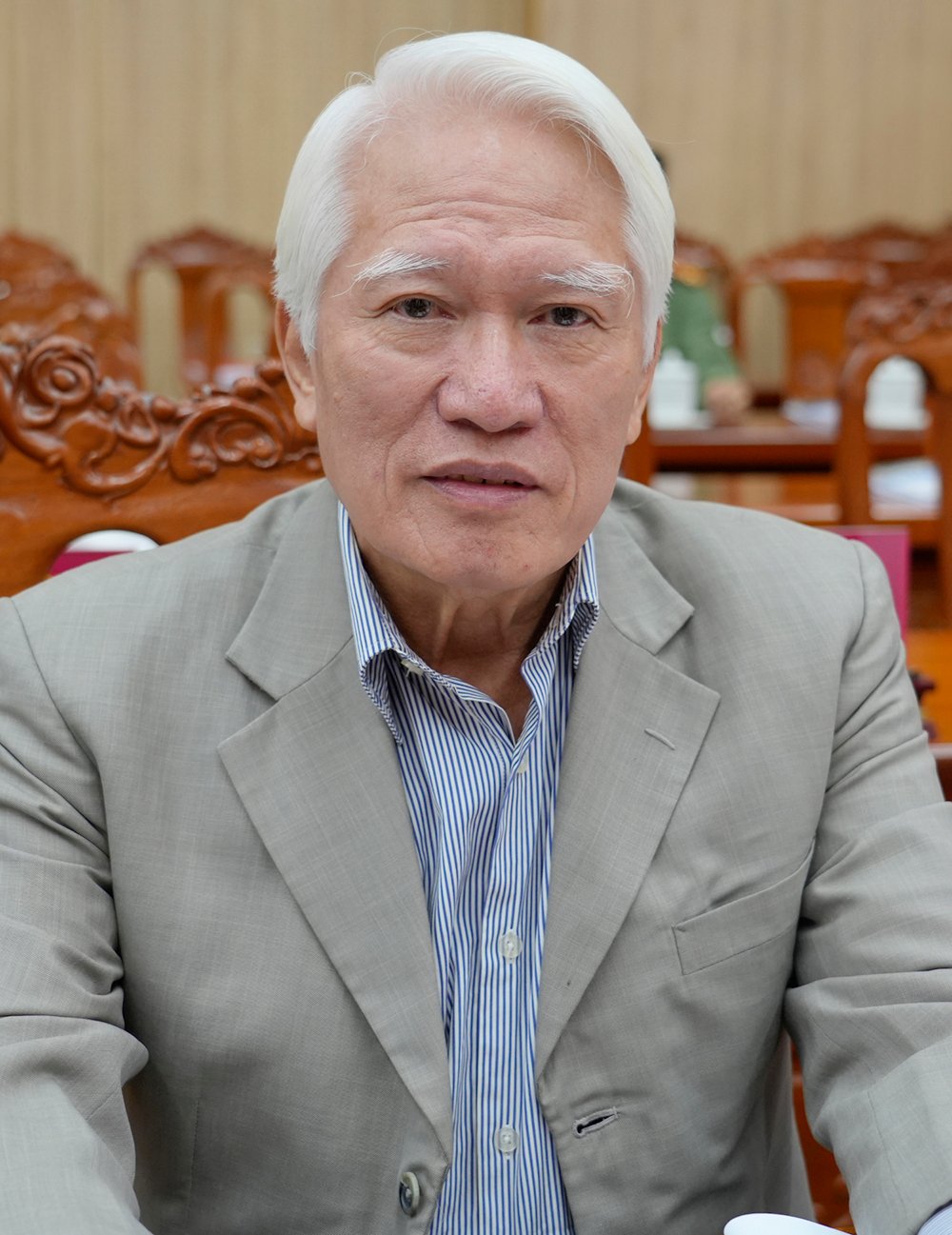
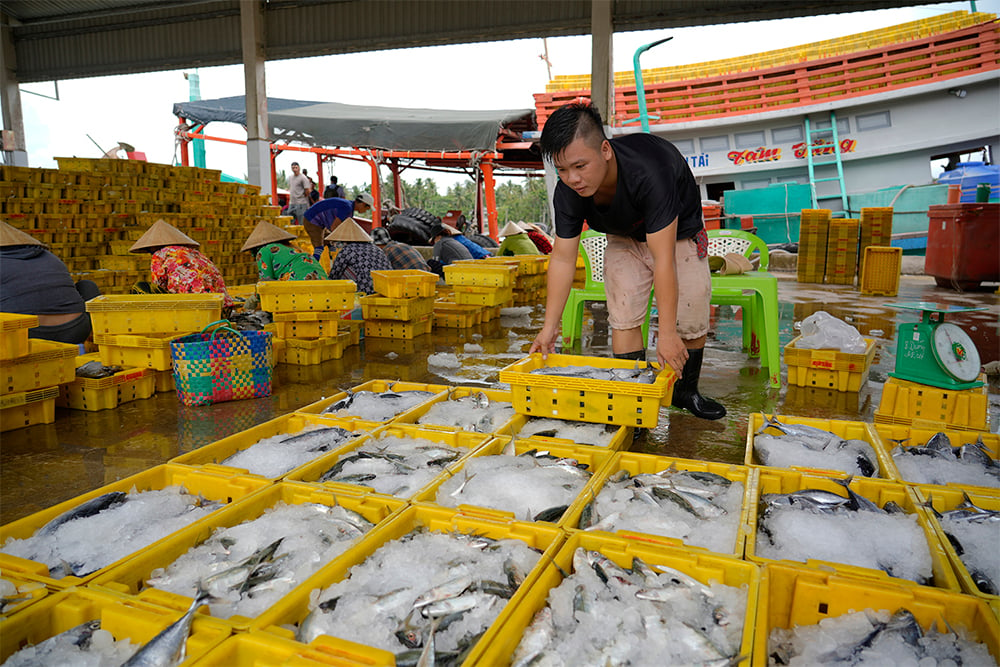
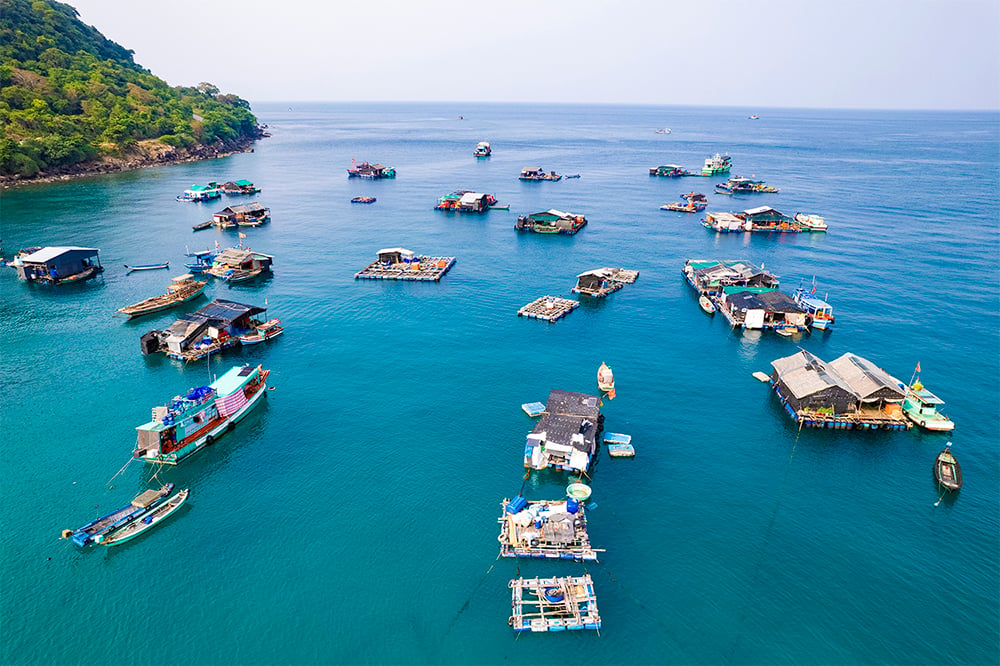
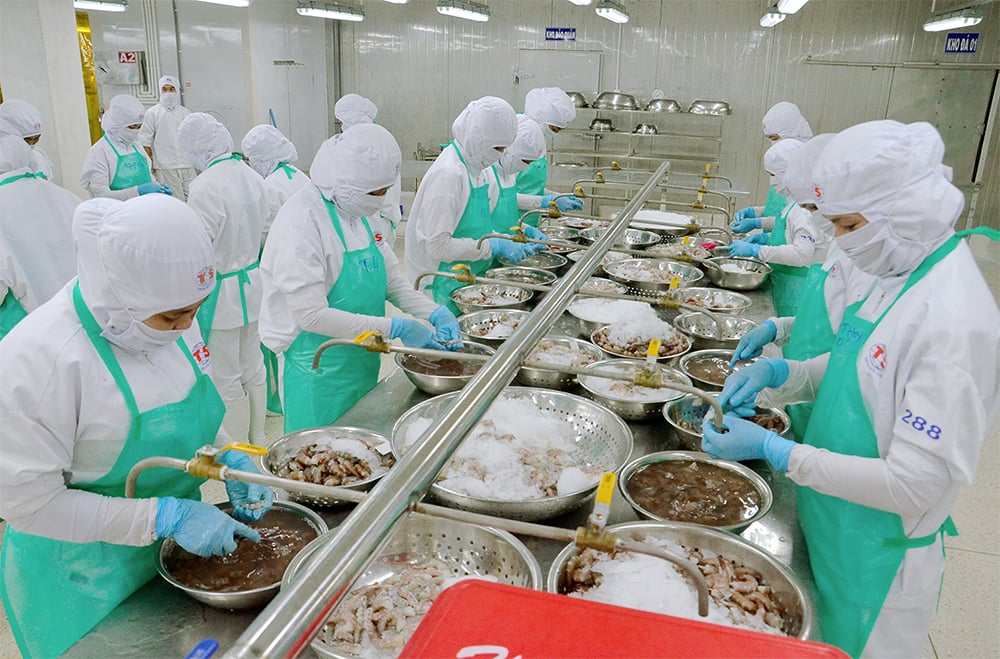


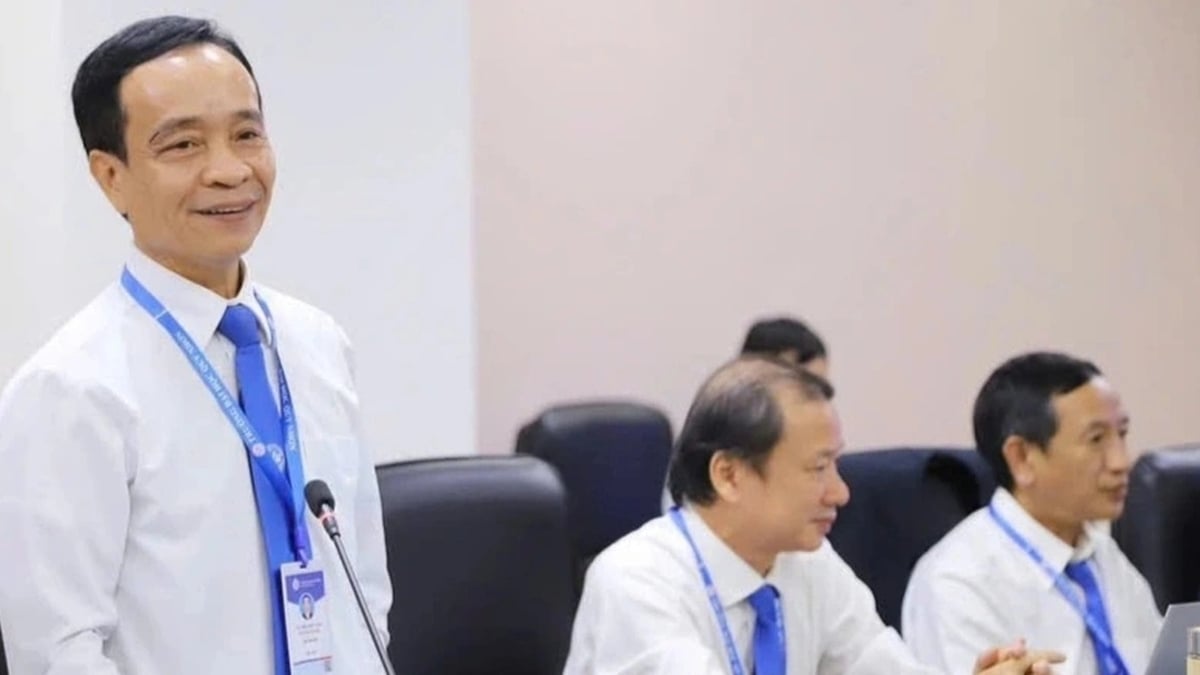
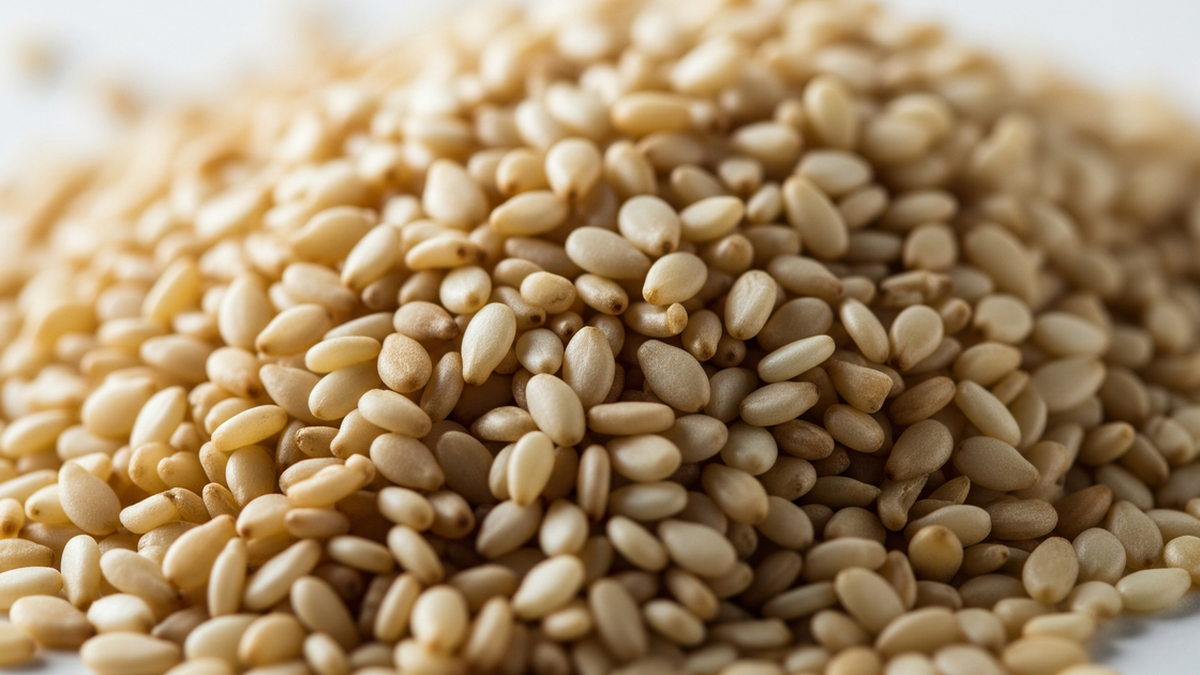
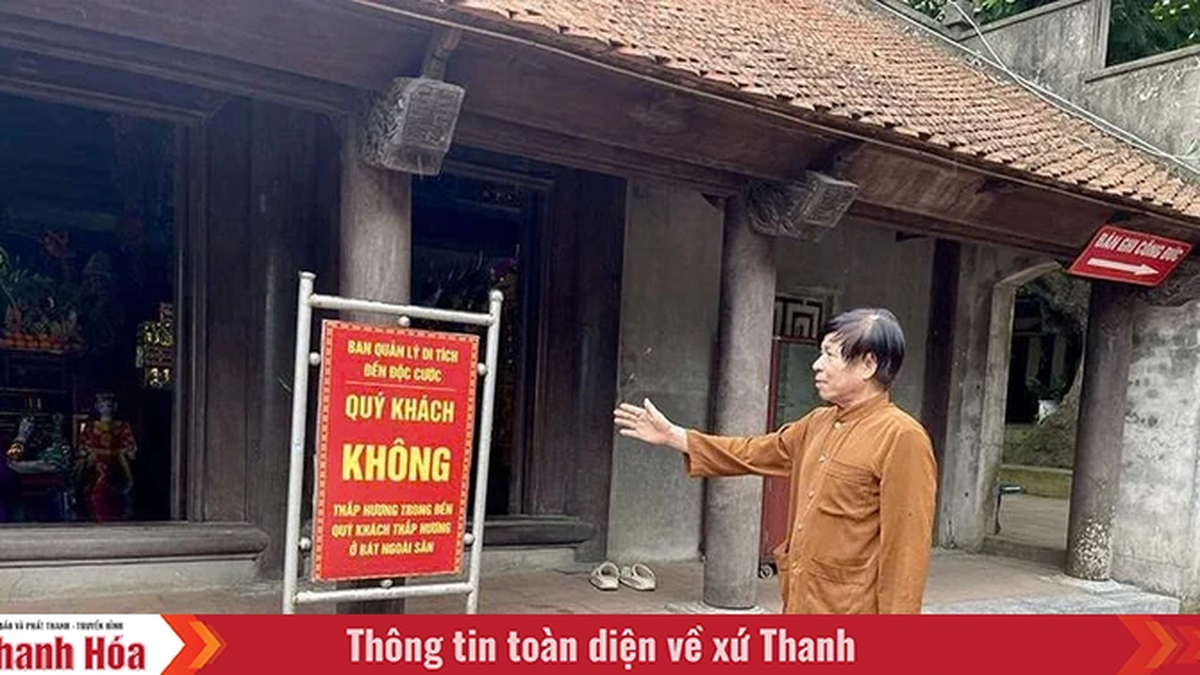
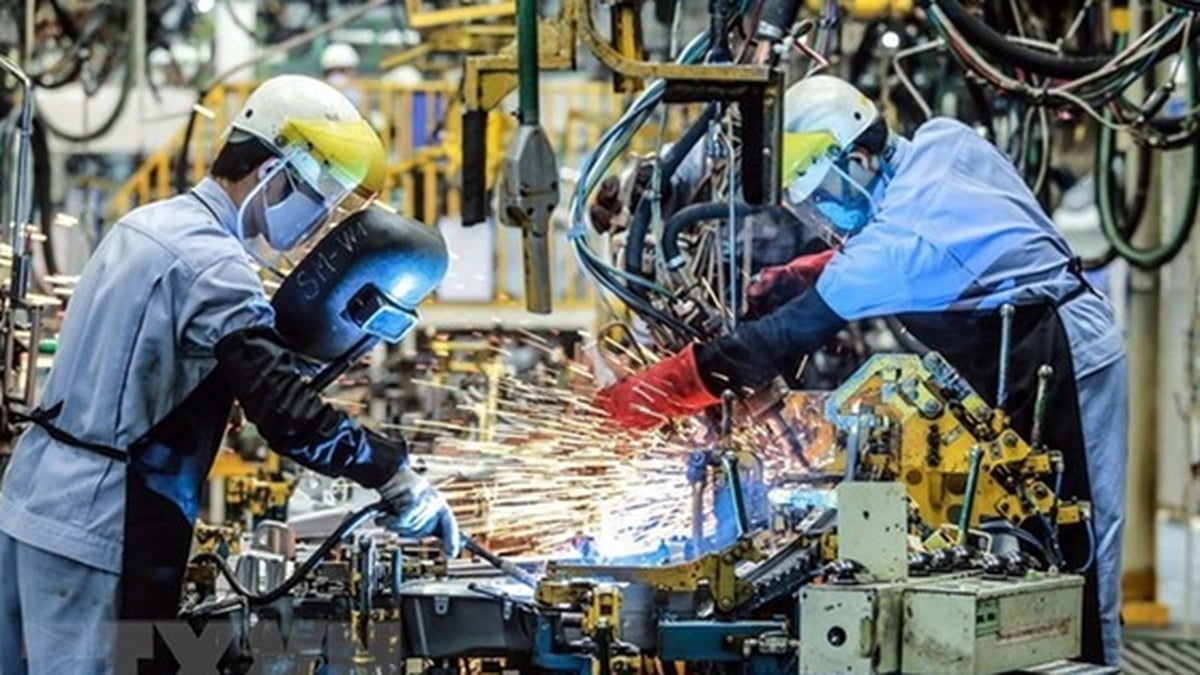












































![[Maritime News] More than 80% of global container shipping capacity is in the hands of MSC and major shipping alliances](https://vphoto.vietnam.vn/thumb/402x226/vietnam/resource/IMAGE/2025/7/16/6b4d586c984b4cbf8c5680352b9eaeb0)













































Comment (0)